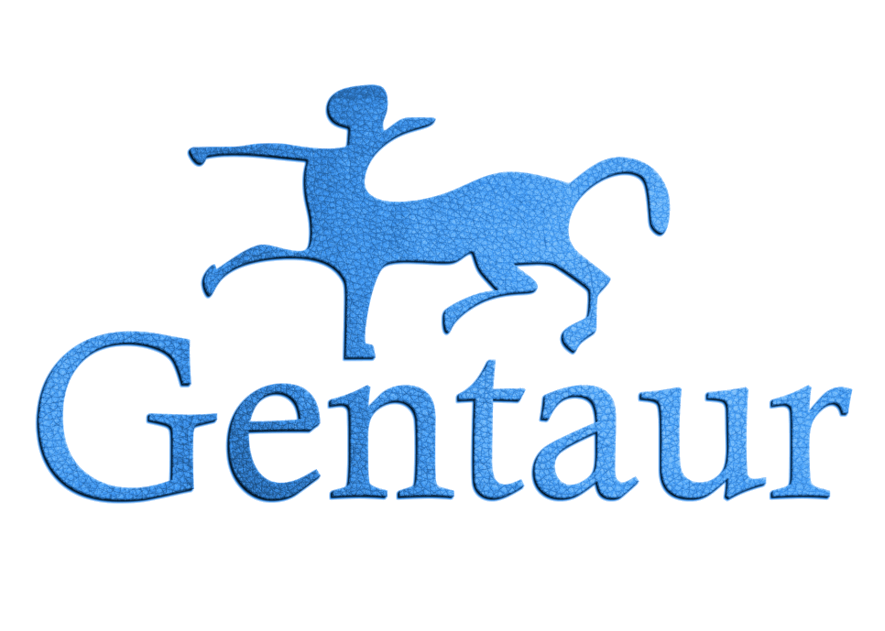PLA2G4D 3'UTR Lenti-reporter-Luc Vector
#
-
Catalog numberMT-h18175
-
Price:Ask for price
-
Size1 ug
-
-
AvailabilityPlease contact us every day between 9am-6pm local time to check the availability and/or to request a quote. For larger quantities a discount may apply.
-
OrderingIf you wish to order this product, please include the catalogue number #MT-h18175 in your purchase order among with your shipping and billing information.
-
Technical filePlease contact us to request the latest datasheet, protocol, certificate of analysis and SDS files.
-
NotesDesigned for Research Use Only. Manufactured in Canada.
-
DescriptionLenti kit or vector with CMV or EF promotors for producing Lentivirus (lenti-, Latin for "slow") or lentiviral particles in 293t cells. Lentiviruses are characterized by a long incubation period and often Puro selected. Lentiviruses can deliver a significant amount of viral RNA into the DNA of the host cell and have the unique ability among retroviruses of being able to infect non-dividing cells. They are one of the most efficient methods of a gene delivery vector. The are packaged in HEK 293T cells to get the highest possible lentiviral titers of 108 IFU/ml. The Luc reporter is the expression of the firefly luciferase gene. Puro stands for puromicin selection.
-
Gene target
-
Gene symbolPLA2G4D
-
Short namePLA2G4D 3'UTR -reporter-Luc Vector
-
Techniquelenti, Lentivectors and viral particles, Vectors
-
Alternative namePLA2G4D 3'UTR lentiviral-detector-Luc integrating Desoxyribonucleic acid sequence
-
Viruslenti
-
Gene info
-
Identity
-
Gene
-
Long gene namephospholipase A2 group IVD
-
Synonyms gene name
- phospholipase A2, group IVD (cytosolic)
-
Synonyms
-
GenBank acession
-
Locus
-
Discovery year2004-02-04
-
Entrez gene record
-
Pubmed identfication
-
RefSeq identity
-
Classification
- C2 domain containing phospholipases
- Phospholipases
-
VEGA ID
MeSH Data
-
Name
-
ConceptScope note: The transfer of bacterial DNA by phages from an infected bacterium to another bacterium. This also refers to the transfer of genes into eukaryotic cells by viruses. This naturally occurring process is routinely employed as a GENE TRANSFER TECHNIQUE.
-
Tree numbers
- E05.393.350.800
-
Qualifiersethics, trends, veterinary, history, classification, economics, instrumentation, methods, standards, statistics & numerical data

